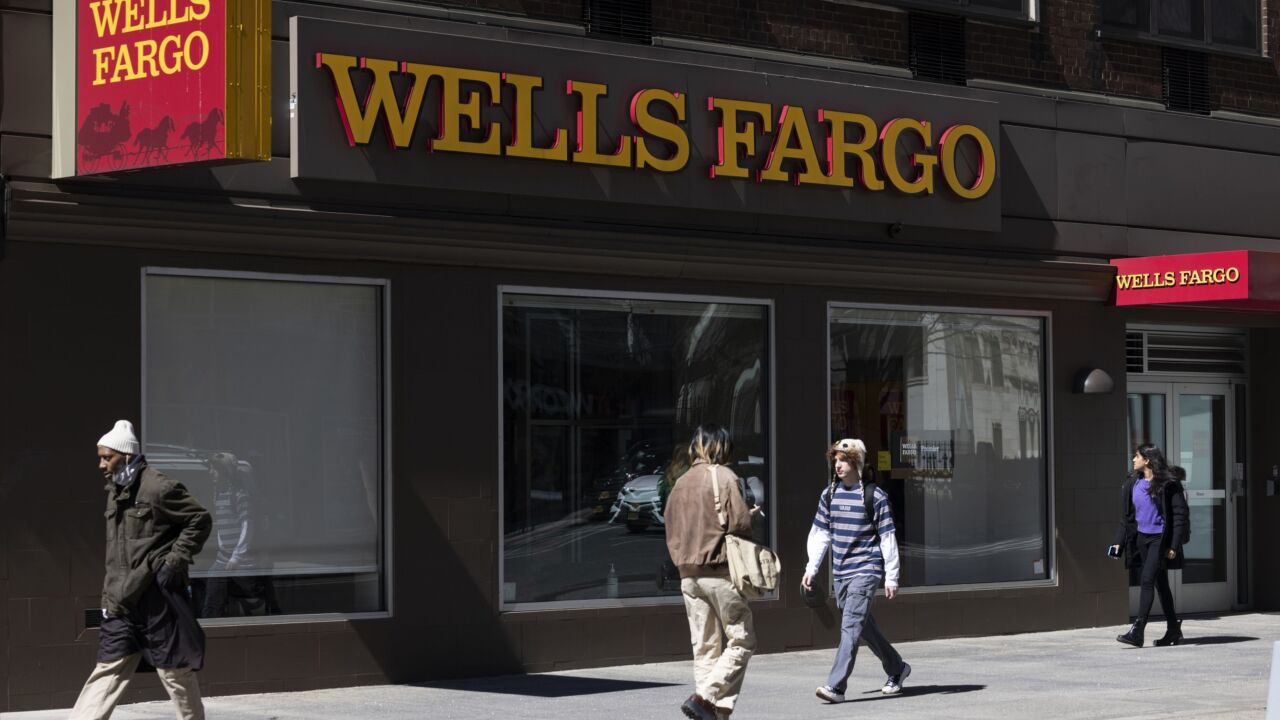Half the world is unbanked.
That stark fact is the title of a
It's the kind of report meant to mobilize banks, governments and donors to take action — and they have, in dramatic fashion. The developing world has had a significant head start in bringing the financially excluded into the financial mainstream. While the United States has been focused on the issue in earnest over the past five or so years, the microfinance movement has been at work around the globe for a quarter century.
It is time for the U.S. financial services industry to learn from the experiences in the developing world.
The financial meltdown and resulting recession are causing the ranks of the financially underserved to swell in the United States. Banks and other financial services companies are revisiting their strategies as a result. It is against this backdrop that policymakers are debating whether and how to reform the financial system.
Uncertainty about what the future holds for the U.S. financial services industry offers the opportunity to chart a new course that is more inclusive of unbanked and underbanked consumers and more informed by global innovation.
We have drawn on these innovations only minimally to date, replicating global microfinance models in which tiny loans are made to the very poor to help them establish small businesses and earn a living. But the financial needs of underserved consumers extend well beyond small-business credit. The international microfinance industry has figured that out and today is working to provide a range of payment, savings and insurance products alongside loans.
Products matter, but global innovations in distribution may have even more to teach us. A growing number of developing countries have figured out how to expand access in ways that actually increase participation in formal financial services.
Consider the branch-building spree that U.S. banks went on in the late '90s. In theory, there was greater access to financial services than ever before. But more bank branches didn't lead to fewer unbanked consumers.
Now consider "branchless banking," one of the most exciting new developments in global financial inclusion efforts.
In Kenya more than 7 million people have signed up for the M-PESA mobile payment service since its launch in early 2007. The service, offered by the country's largest mobile operator, demonstrates how person-to-person money transfer can become a broader financial services platform for the unbanked.
The linchpins are the small retailers that serve as de facto bank branches. They take cash from users and credit it to their mobile accounts. Users transfer money or pay bills via text messages, and receivers can withdraw funds at local shops.
M-PESA has been a big part of Kenya's success in doubling the proportion of adults participating in the formal financial system, to 41%, in less than three years. Subscribers use it to pay all manner of bills. And while M-PESA accounts do not pay interest, some consumers are using the service to build savings.
Another model of branchless banking using point of sale terminals is at work in Brazil. In 2000, Brazil's central bank made it possible for banks to partner with retail agents such as grocery stores, post offices and lottery kiosks to deliver financial services. Consumers can open accounts, make deposits and person-to-person transfers and get loans.
Over the last eight years more than 50,000 retail agents have been established, helping to bring more than 13 million unbanked Brazilians into the banking system.
The developing world has further to go than the United States to raise rates of financial inclusion and operates in a context of more extreme poverty. Yet developing countries are succeeding. The FAI report calculates that two-thirds of those using formal financial services live on less than $5 a day.
That's because, as the report notes, financial inclusion is not driven solely by socioeconomic or demographic factors. Success requires an enabling environment for financial services providers and regulations that balance innovation with consumer protection. Branchless banking, for instance, requires a wholesale rethinking of regulations around deposit taking, customer identification and money laundering.
If reaching and serving the unbanked at scale is possible in places like Kenya and Brazil, then it must certainly be achievable in America.





